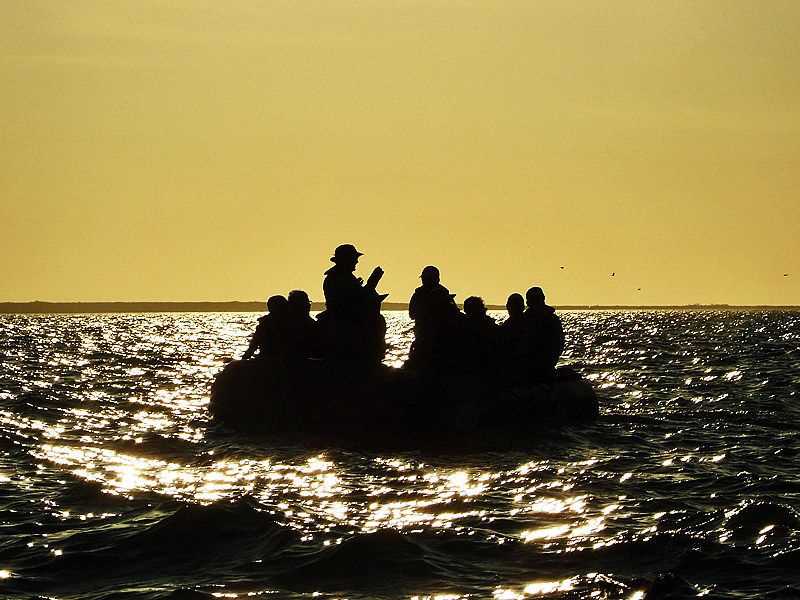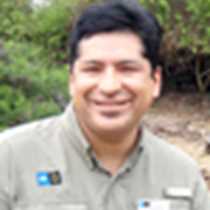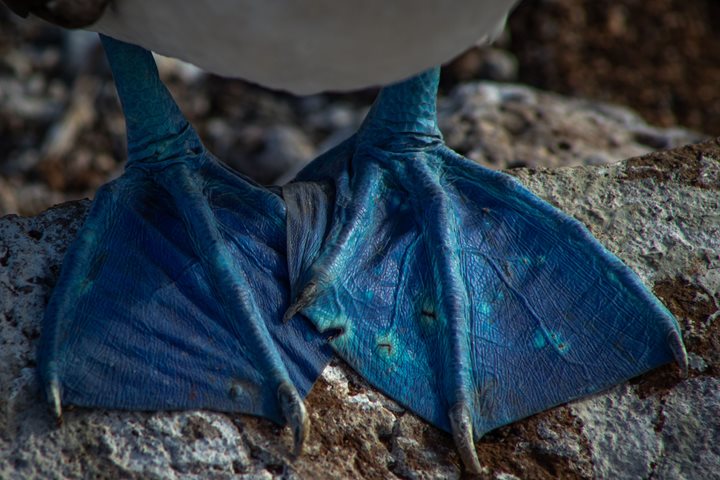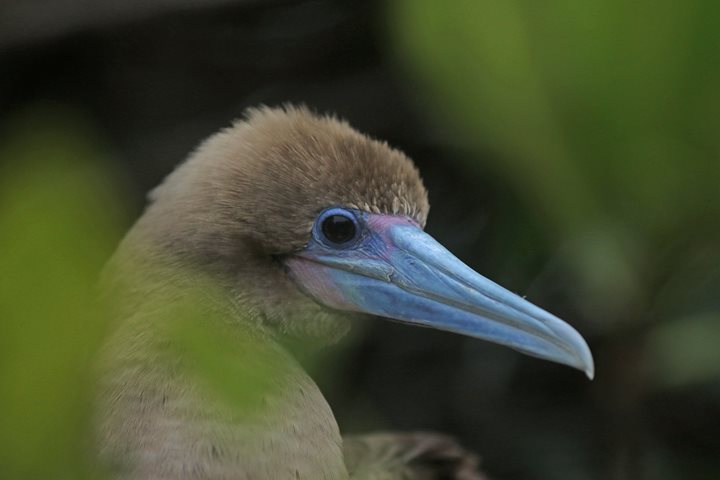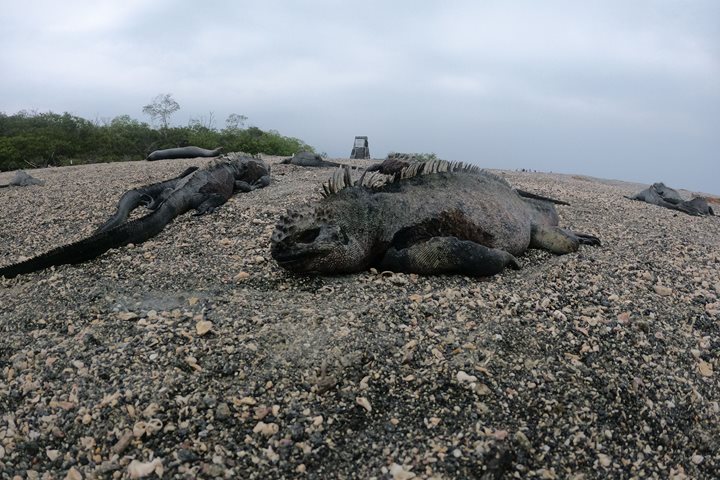Urbina Bay, our first visitors’ site today, is of great geological interest. A fantastic event took place in this location in 1954. Over two months the adjacent coastal area of the landing beach was violently uplifted prior to volcanic activity on Isabela Island. In certain areas the intertidal zone was thrust up more than 4 meters (16 feet) out of the ocean, trapping invertebrates and leaving various species high and dry. This morning was our opportunity to explore the geological and oceanic past of the uplift and the terrestrial present with species that have little by little arrived to the area since this famous event took place. During the walk we were surrounded by salt resistant vegetation with Galapagos mocking birds and Darwin finches appearing on the top branches to sing. As we ventured farther inland we came upon a hearty population of Galapagos land iguanas. We saw many of them along the trails. Many native and endemic flowers were found everywhere as well as the beautiful Galapagos cotton and yellow Cordia flowers. The icing on the cake was finding several Giant tortoises along the trail. At the end of the walk we had the chance to cool off on the black lava landing beach with the company of a couple of Galapagos penguins who let us share their space with them.
In the afternoon a short navigation brings us to Tagus Cove, which has been a protected cove for sailors, including those onboard the H.M.S. Beagle with Captain Fitzroy and the then young naturalist Charles Darwin. After lunch we had an early kayak outing followed by snorkeling. We put on our gear to explore the underwater world by doing deep-water snorkeling.
In the late afternoon after the snorkelers and kayakers came back we had several options. Some guests opted to go for a second round of kayaking, some others went for an invigorating hike to the summit of a nearby hill, and some went on a Zodiac ride. All choices were very successful for our guests did what they like. The Zodiac ride along the outer coast let us see flightless cormorants, Galapagos penguins. many blue footed boobies, Brown pelicans, Galapagos sea lions, with an occasional Pacific green sea turtle coming up to the surface. The stratification of the tuff cinder formations is impressive, reflecting the explosive geological history of the area.
At the end of the day the coast lit up with a warm glow, and we returned to our ship gratified that life has shown its magnificence in this paradise to us today.

